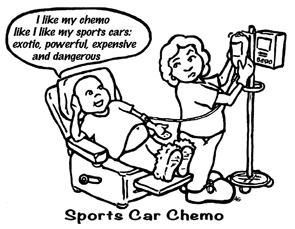
Clinical information systems vary widely, and for most practices, the outcomes have not yet met expectations and hopes.5 The ACR has facilitated the development of registries, and individual rheumatologists and electronic health record companies have created systems individualized for rheumatologists’ practices.6
Forces That May Effect Change
New healthcare organizations, such as accountable care organizations (ACOs), are being formed as strategies to move our system toward three goals formulated by the Institute for Healthcare Improvement (IHI), also known as Triple Aim: Improve the patient experience of care (including satisfaction and quality), improve the health of populations and reduce the per capita cost of healthcare.7,8 You may be in an ACO now or are aware of ones developing around you. ACOs are incentivized to lower per capita costs, but still pay physicians on a fee-for-service or salary basis.
Businesses are demanding greater value for their healthcare expenditures, in ways that will help employees be healthier and more productive, and miss work less often. Consultants, such as Mercer, offer white papers, such as Taking Total Health Management (THM) to a New Level, which lists six best practices for companies: data-driven solutions, engagement-focused strategies, clinically focused care management, supportive work environment, integration among functions and resources (medical, health and wellness, safety, risk management), evaluation and continuous improvement.9
Under clinically focused care management, THM needs to deal with the critical needs of the chronically ill, who account for the majority of employer expenses. Holistic care management will require cross-functional care teams experienced in motivational coaching; offer individuals the behavioral and social support they need; address emerging health issues, such as stress and sleep; and offer telemedicine and onsite health services.
Currently, insurance companies offer care or disease management support for their beneficiaries separate from and without coordination with our office systems. Each individual insurance company assists only its insured patients. Their programs are not available to other patients in our office and may actually compete with office-based programs. These disparate, external efforts by multiple insurance companies can work against our practice’s efforts at building our own care-management systems, which would be available to all of our patients. What if each insurance company and each pharmaceutical company that interfaced with your office contributed to a care-management and education program fund in your office so that you could offer these uncompensated services to all of your patients in an unbranded way?
Edward H. Wagner, MD, MPH, developed a model for chronic illness called the Chronic Care Model (CCM). The CCM was important to the development of the Primary Care Medical Home (PCMH) and the Patient-Centered Specialty Practice (PCSP).10,11 The CCM identifies the essential elements of healthcare that encourage high-quality chronic disease care: the community, the health system, self-management support, delivery system design, decision support and clinical information systems.12

